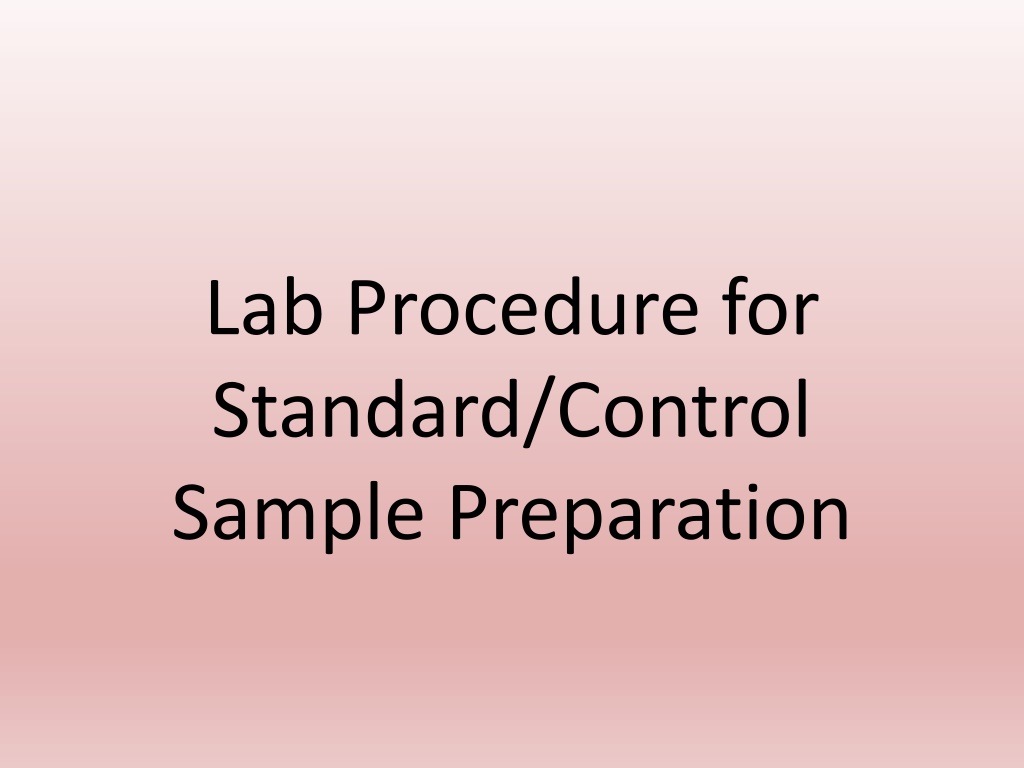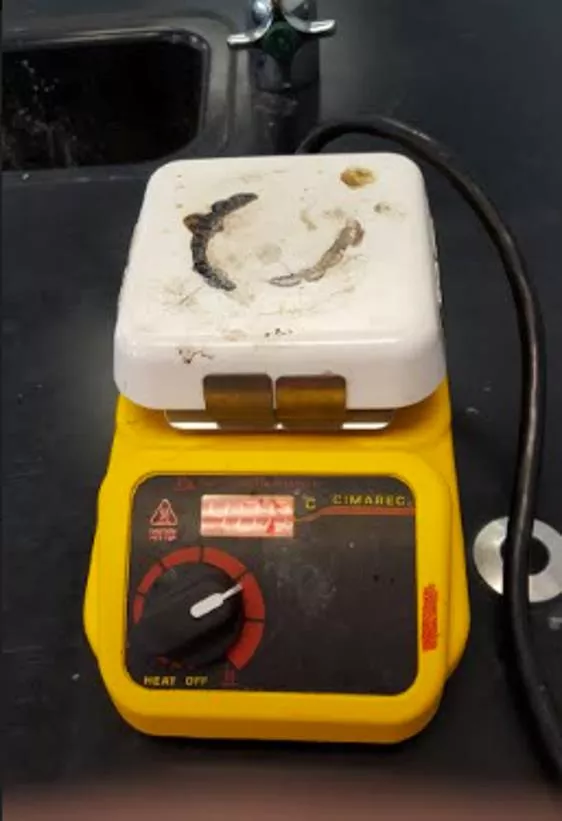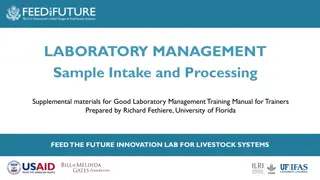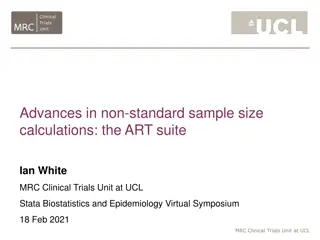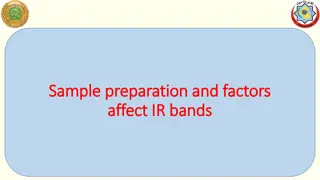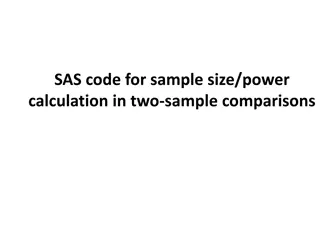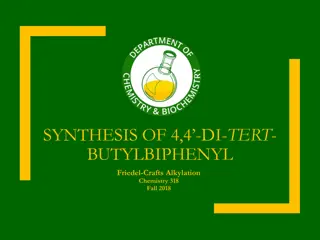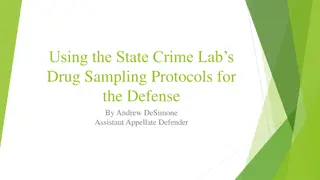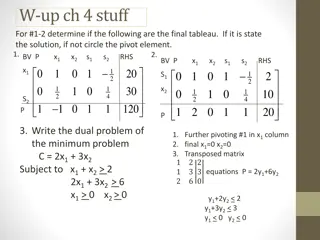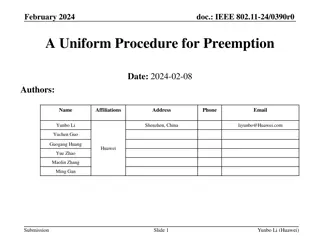Lab Procedure for Standard/Control Sample Preparation
Here is a detailed lab procedure for standard/control sample preparation, including preheating the hot plate, labeling petri dishes, preparing the mixture, adding phosphorescent powder, heating the mixture, and stirring continuously. Images are provided for each step to assist in the process.
Download Presentation

Please find below an Image/Link to download the presentation.
The content on the website is provided AS IS for your information and personal use only. It may not be sold, licensed, or shared on other websites without obtaining consent from the author.If you encounter any issues during the download, it is possible that the publisher has removed the file from their server.
You are allowed to download the files provided on this website for personal or commercial use, subject to the condition that they are used lawfully. All files are the property of their respective owners.
The content on the website is provided AS IS for your information and personal use only. It may not be sold, licensed, or shared on other websites without obtaining consent from the author.
E N D
Presentation Transcript
Lab Procedure for Standard/Control Sample Preparation
Label tops and bottoms of petri dishes with group initials, sample name and reactant concentration
In 1,000-ml beaker, add 10 g of cornstarch
Using a 10-ml graduated cylinder, add 5 ml of vinegar to the same beaker
Using a 10-ml graduated cylinder, add 5 ml of glycerin to the same beaker
Using a 100-ml graduated cylinder, add 60 ml of water to the same beaker
Use your measured water to get the glycerin residue from the graduated cylinder in the previous step
Using a silicone spatula, stir until all material is completely dissolved
Using a 100-ml graduated cylinder, measure out 60 ml of the mixture, and put into a clean 250-ml beaker
Add 0.6 grams of phosphorescent powder to the 60-ml mixture in the 250-ml beaker and stir
On the preheated hot plate, heat the mixture in the 250-ml beaker 400 C
Continuously stir while heating the mixture for 6 mins and 30 secs
After 6 mins and 30 secs, the mixture becomes clear and/or a viscous solid
Using the silicone spatula, transfer the heated mixture to a prepared petri dish Let the phosphorescence bioplastic dry overnight
